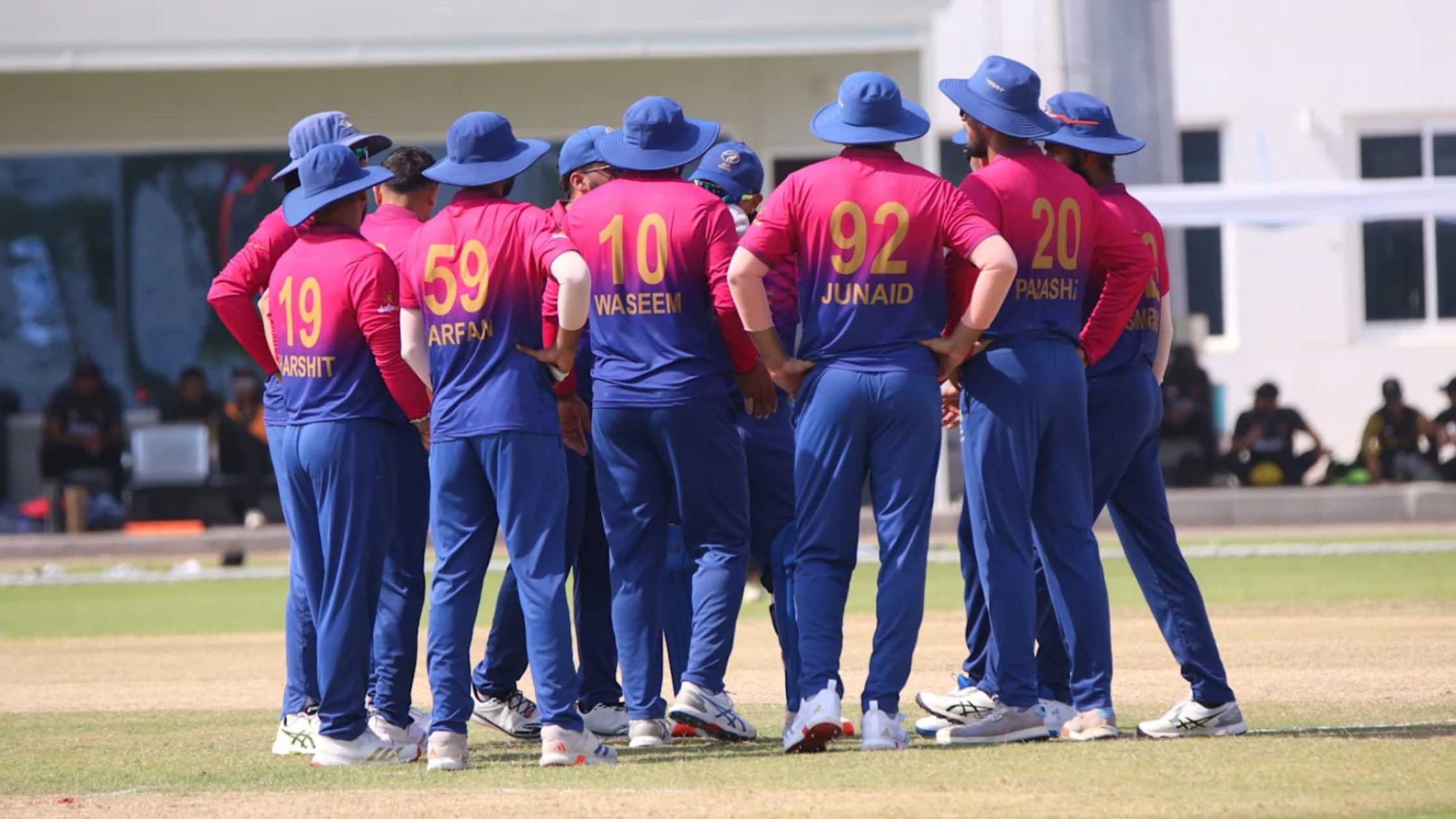Glencairn Museum Celebrates Sacred Ukrainian Rushnyk Tradition

In the heart of Bryn Athyn, Pennsylvania, the Glencairn Museum is inviting visitors to explore a vibrant and meaningful tradition with its latest exhibition dedicated to the rushnyk — a sacred embroidered cloth from Ukrainian culture. This textile, cherished deeply by generations of Ukrainians and Ukrainian Americans, stands as a symbol of resilience, faith, and continuity. Through carefully curated displays, the museum offers a rare window into an art form that transcends craft and touches the spiritual essence of a people.
The new exhibition, running through November 9, celebrates the rushnyk not just as a decorative object but as a bearer of stories, rituals, and memories spanning centuries. It draws attention to a cultural tradition that has remained alive despite historical upheavals, presenting an opportunity for both the Ukrainian American community and the general public to engage with a living heritage that continues to shape personal and communal identities today.
Rushnyk: More Than Fabric, A Sacred Thread Through Life
The rushnyk, a term derived from the Ukrainian word for “towel,” carries a profound symbolic significance beyond its literal meaning. Far from an ordinary household item, a rushnyk is a ritual textile intricately embroidered to mark life’s most pivotal moments — births, marriages, and deaths. Traditionally, Ukrainian homes have prominently displayed rushnyky draped over family photographs, religious icons, and sacred spaces, emphasizing the cloth’s role as a guardian of family memory and spiritual protection.
An old Ukrainian proverb beautifully captures its significance: “A house without a rushnyk is not a home.” Through this expression, one understands that the rushnyk is not merely a cultural artifact but a living testament to familial continuity, anchoring generations in a shared lineage of customs and beliefs.
At Glencairn Museum, rushnyky from various time periods and regions of Ukraine are on view, offering a comprehensive understanding of how this tradition has evolved while maintaining its sacred core.
Preserving A Tradition Across Oceans And Generations
The textiles showcased in this exhibit come from the private collection of Franklin Sciaccia, an emeritus associate professor of Russian language and literature at Hamilton College. Sciaccia’s passion for Ukrainian textiles grew from his own family history. His maternal grandparents emigrated from Ukraine in the early 20th century, bringing with them intangible treasures of heritage that sparked his lifelong exploration of Ukrainian cultural practices.
For Sciaccia, rushnyky symbolize the resilience of Ukrainian identity. Despite facing war, collectivization, famine, and various forms of cultural suppression, Ukrainians have managed to keep traditions like the rushnyk alive. He notes that the continuation of this art form stands as a testament to the strength and endurance of a culture determined to survive through creativity and devotion to ancestral roots.
His collection reflects diverse regional styles, each with unique symbols, motifs, and stories that offer a rich tapestry of Ukrainian cultural history.
Rushnyk As A Vital Presence In Ukrainian American Homes
Chrystyna Prokopovych, curator at the Ukrainian Heritage Studies Center at Manor College, further illuminates the rushnyk’s place in the lives of Ukrainian immigrants. With Pennsylvania hosting one of the largest Ukrainian American populations in the United States, rushnyky are a common sight in many homes throughout the region.
Prokopovych recounts how her parents, who migrated to the United States after World War II, made a concerted effort to retain cultural traditions in their new home. Events such as weddings, baptisms, and engagements were incomplete without the ceremonial presence of a rushnyk. In these rites, the embroidered cloth played crucial symbolic roles, often binding individuals together or blessing them with protection and prosperity.
For many families, the rushnyk became an enduring bridge to their homeland, a tactile reminder of the values and memories left behind but never forgotten. The tradition became not just an act of remembrance but a reaffirmation of identity amid new and often challenging circumstances.
The Artistry Behind The Threads: Techniques And Symbolism
Tania Diakiw O’Neill, a Philadelphia-based author and expert on Ukrainian embroidery, has dedicated much of her work to preserving and teaching the intricate techniques used to create rushnyky. Her bilingual book on Ukrainian embroidery documents over 100 traditional stitches, aiming to safeguard the knowledge for future generations.
According to O’Neill, embroidery is a highly specialized skill requiring patience, precision, and deep cultural understanding. Each rushnyk is a language of its own, where every stitch and color carries meaning. The craftsmanship of rushnyky is not merely aesthetic; it reflects moral, spiritual, and social values.
Different regions of Ukraine developed distinct stylistic approaches. In western areas, geometric designs dominate, often characterized by angular symmetry and structured patterns. Central Ukraine, in contrast, tends toward more figurative representations, such as trees, birds, and floral arrangements, creating rich tapestries of symbolic imagery.
These symbols have ancient origins, predating Christianity. Trees often represent life and fertility, birds signify love and fidelity, and circles symbolize eternity. After Christianity’s spread through Ukraine, these motifs adapted to include Christian symbols, weaving together layers of belief and tradition.
Weaving Tales Of Family, Memory, And Ritual
Sciaccia’s own family story offers a vivid example of how deeply the rushnyk is intertwined with personal narratives. During a visit to his grandmother’s hometown of Bazaliya after the fall of the Soviet Union, he learned of a family tale involving a rushnyk. His grandmother, it turns out, had once been engaged to a man through a traditional ceremony where their hands were bound together with a rushnyk — an act signifying a pledge between families as much as between individuals.
However, she chose not to marry him, leaving the village and carrying with her the weight of broken expectations. For Sciaccia, this discovery highlighted how rituals involving rushnyky could carry lasting emotional significance, influencing not only individual lives but also shaping collective memory.
Such stories showcase how the rushnyk operates at multiple levels: as an artistic artifact, as a spiritual object, and as a bearer of familial legacies that continue to resonate across time and geography.
Rushnyky: Symbols Of Joy, Grief, And Everything In Between
The versatility of the rushnyk is one of its most remarkable features. In celebratory contexts such as weddings, the cloths often depict trees flanked by pairs of birds, symbolizing life and marital fidelity. Bright colors and intricate patterns convey wishes for prosperity and happiness.
Conversely, for funerary rites, the rushnyk adopts a more somber palette. Motifs such as wreaths and full circles symbolize the completion of life’s journey, offering comfort and remembrance to the living. In some cases, rushnyky serve as symbolic graves for soldiers who perish far from home, preserving their memory within the folds of embroidered fabric.
Many rushnyky feature inscriptions — brief prayers, blessings, or even poetic verses that capture the complexity of human emotion in the face of life’s milestones. Phrases like “God grant me happiness” or laments for the departed blend literary beauty with heartfelt sentiment, adding another dimension to these sacred textiles.
The Rushnyk’s Enduring Relevance In Modern Times
Although contemporary life moves at a different pace and in different directions compared to the traditional village life in which the rushnyk originated, this tradition remains remarkably vibrant today. In Ukrainian American communities, rushnyky continue to play integral roles at weddings, christenings, and memorial services.
Moreover, the recent revitalization of interest in Ukrainian crafts among younger generations speaks to a broader movement of cultural preservation and pride. Many young Ukrainian Americans are learning traditional embroidery techniques, ensuring that the symbolic language of the rushnyk will endure for future generations.
In Ukraine itself, artists and cultural institutions have also renewed efforts to protect and celebrate the rushnyk tradition. Exhibitions, workshops, and publications focus on exploring the rushnyk not only as a folkloric artifact but as an evolving form of national and cultural expression.
A Cultural Legacy Interwoven With Hope And Continuity
The Glencairn Museum’s exhibit on the rushnyk ultimately serves as more than an artistic showcase; it acts as a vital reminder of the power of cultural traditions to inspire resilience, solidarity, and hope.
As Sciaccia, O’Neill, Prokopovych, and countless others demonstrate through their work, the rushnyk is not just a relic of the past but a living, breathing emblem of human creativity and endurance. It reminds all who encounter it that even in the face of hardship, traditions stitched with love and memory can bind communities together, offering a timeless message of continuity, hope, and belonging.
Visitors to the Glencairn Museum will not merely see beautiful textiles; they will encounter a sacred tradition that continues to weave the threads of identity, memory, and faith — connecting generations across borders, oceans, and centuries.







